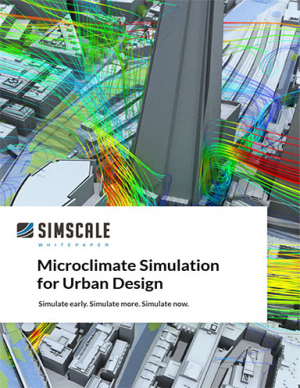Editor’s Pick: Joule Heating Simulation
SimScale says the new features allow engineers to explicitly define key Joule heating parameters, variables, and output key metrics.

Joule heating simulation in SimScale showing the electric potential (top), generated heat (middle), and current density magnitude (bottom) on the inverter busbars (red indicates a higher value). Image courtesy of SimScale.
Latest News
March 22, 2023
SimScale has added a Joule Heating Simulation to its cloud-based simulation platform. The company says engineers can use the simulation to bypass tedious hand calculations—approximations at best—for robust simulation of this important design aspect.
Joule heating is a common issue in electronics component designs where resistive heating is an artifact, intentional or unintentional. SimScale says the new tools for Joule Heating allow for testing such situations as varying electrical resistivity in parallel or contact resistances such as soldering connections.

SimScale says the new features allow engineers to explicitly define key Joule heating parameters, variables, and output key metrics.
Users can toggle on Joule Heating when setting up a Conjugate heat transfer analysis type. Isotropic or orthotropic conductor options are available as material types. Materials can be added from the library or added to the software’s database to be shared.
A boundary conditions dialog box allows users to specify current flow direction and electric potential. Outputs include current density, electrical potential and Joule heat generation.
Visualizations available include the temperature of electric components; electric potential; generated heat; and current density magnitude. There is also a Joule Heat Generation result field (W/m3), which the company says is useful when judging the heat flux that needs to be considered when designing a thermal management solution.

A post-processor for the Joule Heating Simulation offers statistical tools to extract the distributed heat load and the integrated total power loss on a part of the model.
The new Joule Heating Simulation is now available to all SimScale users. For a detailed introduction click here.
Sources: Press materials received from the company and additional information gleaned from the company’s website.
More SimScale Coverage

Subscribe to our FREE magazine, FREE email newsletters or both!
Latest News
About the Author
DE’s editors contribute news and new product announcements to Digital Engineering.
Press releases may be sent to them via DE-Editors@digitaleng.news.







